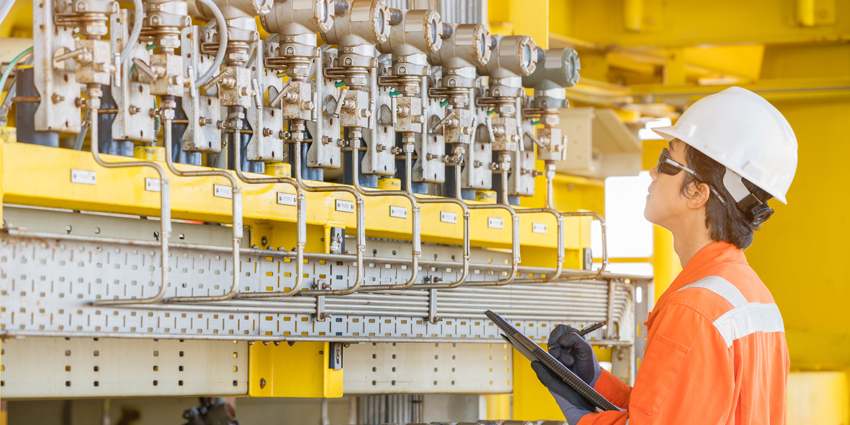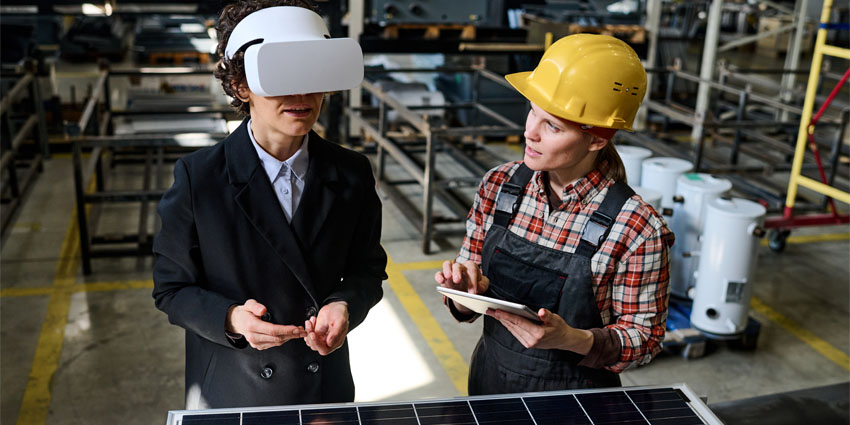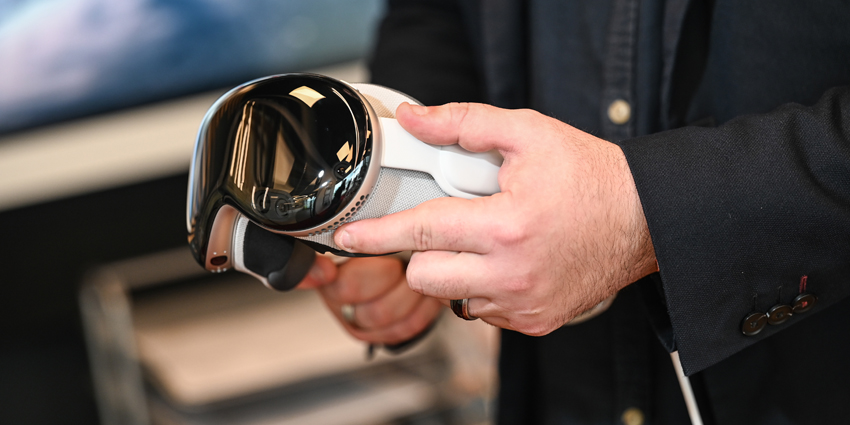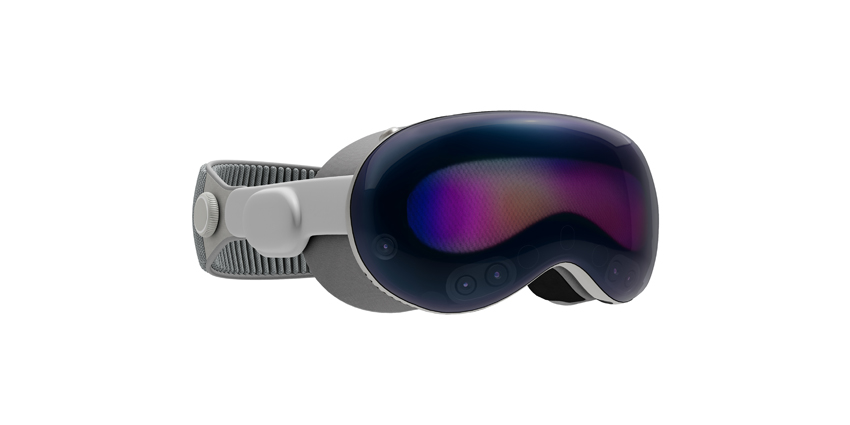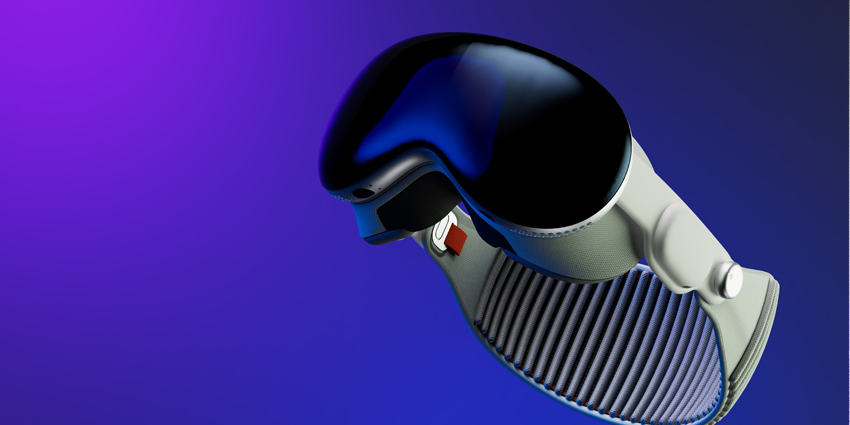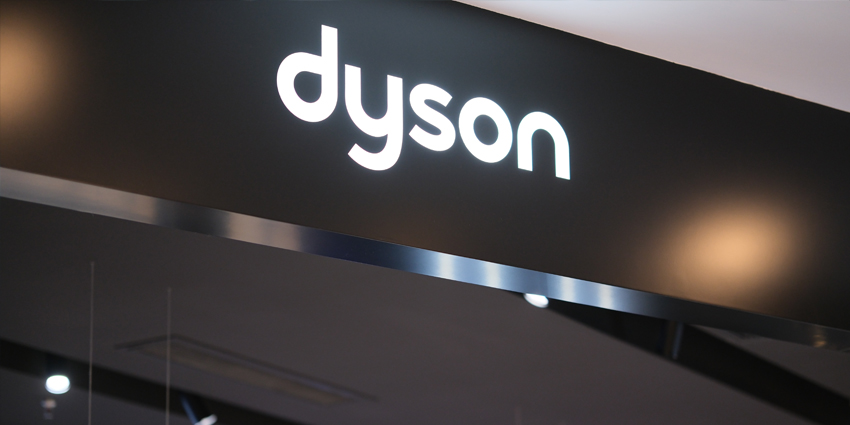Extended Reality is helping to pave the way to the “new normal” of the post-pandemic world. Enabling a better level of communication, collaboration, and creativity, XR supports businesses in a host of valuable use cases.
In the field services sector, the benefits of extended reality could be particularly compelling. Field services naturally operate in fluid, remote, and versatile environments, with decentralised management and disparate remote workers.
As the needs of consumers have advanced, the remote functions of field services staff are evolving. Extended reality could have the power to enable, empower, and educate these team members on the move.
As the market value for extended reality hits a CAGR of around 30.6% leading up to 2026, the potential of the landscape is endless. Let’s explore the state of XR in field services.
The Evolution of XR in Field Services
We’re in the midst of a digital revolution, where the physical and virtual worlds are increasingly converging. Extended reality technologies are already helping to improve the way we collaborate, strengthen the performance of distributed teams, and provide access to valuable training opportunities.
In field services, the goal of extended reality at present is to find ways of expediting processes, while minimizing costs and improving agent productivity.
Used correctly, a combination of virtual, augmented, and mixed reality experiences could lead to:
- Improved collaboration: Through extended reality, team members can work together on complex tasks regardless of where they were in the world. An engineer in the field could reach out to specialists behind-the-scenes, so multiple people can work together on troubleshooting a complex problem.
- Enhanced productivity: Professionals working with complex materials and devices could use tools like augmented reality smart glasses to overlay important information on top of a device, for quick and easy access to useful information, this reduces the amount of time employees need to spend seeking out solutions to problems in manuals.
- Greater creativity: Manufacturers and professionals in a dispersed field service environment can work with colleagues on creative solutions to problems, without wasting resources or materials. In-field practitioners dealing with new technology could use something like AR or mixed reality to get real-time data on a component and come up with creative ideas on how to fix an issue as a result.
- Better customer service: With extended reality to provide employees with access to more of the information required to make instant split-second decisions, end-users can benefit from faster service and better overall experiences. This can help strengthen the reputation of various brands and make field employees feel more satisfied in their roles.
Trends Driving XR in Field Services
As we can see, extended reality has a lot of benefits to offer the field services landscape when used correctly.
While there are various directions this environment could move in as we progress through 2022 and beyond, there are some trends which seem to be having a significant impact on the nature of XR in field services today, such as:
- Better employee experiences: As consumers become more demanding and field service challenges grow more complex, companies are looking for ways to support staff with better experiences. With extended reality, employees can access more of the information they need to make important decisions on the move, which helps to reduce the frustration in the day-to-day workplace. Employees can also access better training opportunities, to ensure they’re prepared for a wide range of challenges.
- Hands-free productivity: AR wearable devices are becoming particularly compelling within the field services landscape. These tools allow technicians and engineers to operate hands-free, so they don’t have to juggle a range of tools to resolve an issue. The same technology can provide access to critical procedural information or allow team members to access guidance from specialists without needing to compromise on flexibility.
- Improved efficiency: VR can train professionals to solve problems and complete tasks at an incredible pace, allowing for better efficiency in the workplace. At the same time, an AR headset can provide step-by-step directions to staff members, so they can complete tasks at speed. The right tools can even help field service technicians by giving them access to real-time data about the equipment they need to service.
- Contactless work: In an era where bringing people together isn’t always possible, AR allows for everything from remote troubleshooting to the remote inspection of various tools. This can help to keep interactions as “contactless” as possible, while still ensuring the right level of work is carried out. Multiple people can even join forces to troubleshoot an issue and repair a machine together, without being present in the same environment.
- Better safety management: Training is one of the most valuable use cases for businesses investing in extended reality. In a field service environment, an XR solution can be a perfect way to train staff members not only how to handle complex customer interactions, but also how to stay safe and secure in any environment.
The Challenges to Overcome
Field service companies are already beginning to rapidly incorporate all aspects of extended reality technology into their environments. AR-powered support in particularly is transforming the environment of remote maintenance and repair. According to Gartner, by 2025, around 50% of all field service management deployments will include Augmented Reality tools.
Of course, in any industry, there are challenges to overcome before extended reality can become a reliable tool for every employee. In the field services environment, there’s a growing focus on safety and security.
For instance, it’s important to ensure any AR headsets or wearables devices in the field aren’t distracting employees too much from what’s going on around them.
Additionally, when these devices are streaming data in real-time, often through the internet, additional steps will need to be implemented to ensure information remains secure.
Speaking of streaming information in a field services environment, the chances are this industry will become increasingly reliant on better connectivity afforded by options like 5G. This will be essential to ensuring teams can collaborate without lag.
